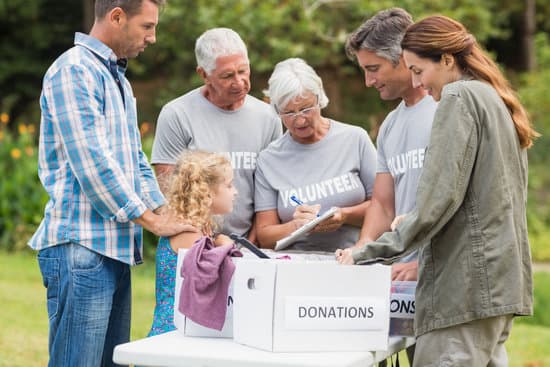
Corporate social responsibility is a hot topic lately. The Business Roundtable recently updated its Statement on the Purpose of Corporation to include it. Marc Benioff, CEO of Salesforce, just wrote a book about it. Kevin Sneader, McKinsey & Company’s global managing partner, discussed it during a Leaders Forum at Yale School of Management.
Increasingly, consumers and employees are holding corporations accountable for their economic, social and environmental impact on communities, driving businesses to try to find ways to be better corporate citizens. How can companies adapt and thrive in this evolving consumer-driven landscape?
A New Social Ecosystem
A recent study showed that 70% of Americans believe companies have an obligation to take action to improve social and environmental issues. Clearly, a new social ecosystem has evolved in which consumers, employees, and stakeholders are prioritizing social impact when choosing a brand or company.
And they’re holding corporations accountable: The 2015 Nielsen Global Sustainability Report found that a growing majority of respondents are willing to pay more for products and services that come from companies that are committed to positive social and environmental impact. For these consumers, personal values take precedence over cost or convenience.
As the corporate mindset shifts from serving the shareholders to serving all stakeholders, there’s an opportunity to not only strengthen the business but also build trust. Trust is the ultimate currency in exchange; however, it’s lacking in today’s business environment. It is no surprise that brand trust topped the list of purchase influencers for 62% of the respondents in the Nielsen report.
The Power of Role Models
All this talk about social impact has gotten me thinking about how private entities can implement corporate social responsibility practices without entirely reinventing the wheel. Finding the right approach can be a challenge – what if there were corporate social responsibility role models from which businesses could learn and emulate?
As individuals, we may have role models who formed the basis of how we go out in the world to make a positive impact. For me, my mom was the person who instilled the importance of giving back to the community. While raising nine children, she served on the boards of several local not-for-profit organizations. She eventually went on to get a degree in Social Work and Psychology and served the elderly by helping them transition into assisted living.
My mom was a persuasive fundraiser and advocated tirelessly for the deep connection between the public and private sectors. She believed strongly that private institutions can (and should) give back to their local communities. She shaped my views of how both individuals and corporations can positively impact the communities that surround them.
Learning from Healthcare
So how can businesses implement and demonstrate a strong commitment to their communities? What are the most effective ways for companies to resonate with consumer and employee beliefs?
Just as healthcare organizations have turned to the corporate world to learn how to adapt to consumerism, corporations can now learn from healthcare how to build a social commitment that benefits communities.
Healthcare organizations have walked the walk when it comes to social responsibility and employee engagement. Almost every health institution and health system have social and employee programs that align with their missions and values. Here are three examples:
- “Outpacing the Impossible” aims to raise $1 billion to support the communities served by Northwell Health.
- “Project Humankindness” is a social challenge from Dignity Health that promotes kindness to positively impact community wellness.
- “Joy Through Inclusion” recognizes and supports inclusivity and diversity among Sutter Health patients, staff, and communities.
Paying It Forward
The founder of HealthPay24 was a philanthropist at heart. Giving back to the communities where we live and work and to employees was core to the mission of the company. When he retired, I wanted to honor his legacy. We gathered the employees together and watched the movie Pay it Forward. Then we discussed how we want to continue to pay it forward as a company. That’s how we started HealthPay It Forward, a company-wide initiative to give back to the community and help those in need.
Whether large or small, every company can give back to their communities, employees, and stakeholders. As the momentum for positive social impact continues, private businesses and healthcare organizations have the opportunity to come together to really improve people’s lives.
